Secrets From Ancient Feces: Dead Children’s Cave in Mexico Unveils Chilling Pathogen Puzzle
Ever wonder what ancient poop can reveal about the people who left it behind? Turns out, quite a lot — and sometimes, it’s downright eye-opening (or, well, nose-wrinkling). Back in the 1950s, archaeologists uncovered some seriously old fossilized feces in Mexico’s Cave of the Dead Children. Fast forward to today, and thanks to some fancy new DNA tech, researchers have peeked into this 1,300-year-old biological time capsule to reveal that the Loma San Gabriel culture might not have been winning any awards for hygiene. Parasites and bacteria? Oh, they had plenty, making you think they probably weren’t bathing in hand sanitizer every five minutes — as much as we might wish they did. This poor sanitation likely exposed them to a host of gut-wrenching bugs, shaping a vivid picture of their daily lives thousands of years ago. Curious about what exactly ancient poop can teach us about past civilizations? Dive in and brace yourself — it’s a fascinating (and kinda gross) journey. LEARN MORE
The study suggests that the people of the Loma San Gabriel culture practiced poor sanitation, exposing themselves to parasites and bacteria.
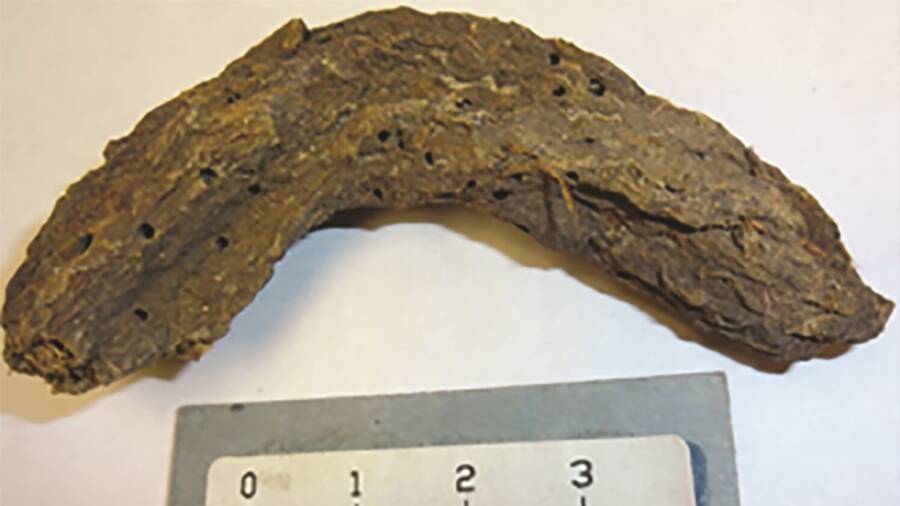
Johnica Winter“Paleofeces” like that pictured here offered researchers a wealth of information.
In the 1950s, archaeologists excavated the Cave of the Dead Children in Mexico and found a number of ancient artifacts, including fossilized human feces. Now, researchers have used modern technology to take a closer look — and discovered that ancient people were plagued by a number of serious pathogens that would have caused gastrointestinal distress.
The feces samples found in the cave are thus a “time capsule,” offering a unique look back at the Loma San Gabriel culture of Mexico and the parasites that infected its people.
Studying The 1,300-Year-Old Feces
According to a study recently published in PLOS One, the paleofeces samples were first collected between 1957 and 1960, when archaeologists excavated the Cave of the Dead Children (La Cueva de los Muertos Chiquitos) in the Rio Zape Valley of northwestern Mexico. Archaeologists gave the cave its name because of the skeletons of children they’d found inside, but they also recovered the paleofeces, botanical remains, and both animal and human bones.
The paleofeces, which dated back to between 725 and 920 C.E., presented an especially intriguing way to study the pathogens that infected the Loma San Gabriel people.
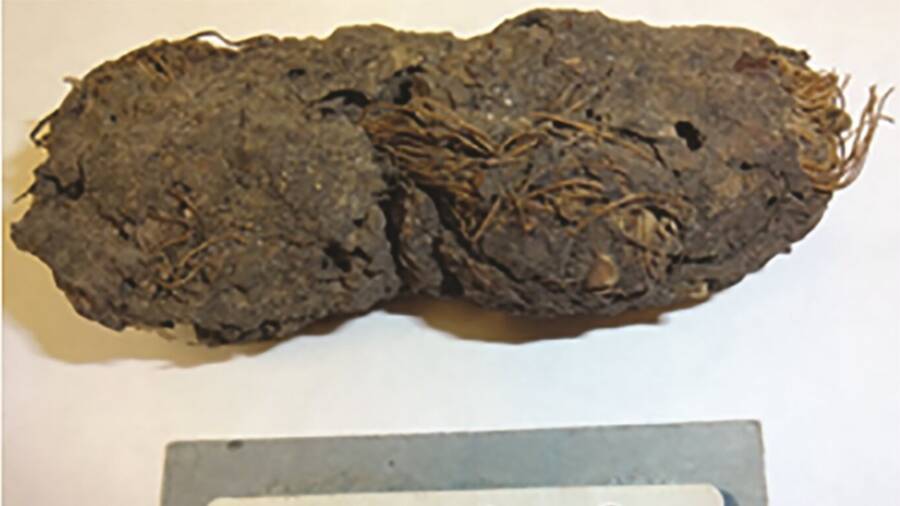
Johnica WinterAn example of paleofeces recovered from the Cave of the Dead Children in Mexico.
Previous studies of the paleofeces had detected hookworm, whipworm, and pinworm eggs, but researchers sought to take an even closer look at the feces by using new methods of DNA analysis. They extracted DNA from 10 “distinct defecation events,” then used a polymerase chain reaction (PCR) to determine which microbes were present in the paleofeces.
The answer? A lot.
The researchers found that every sample of paleofeces had at least one pathogen or microbe. The most common were the intestinal parasite Blastocystis and the bacterium E. coli, both of which had never been detected in ancient feces before. In addition, researchers also detected Shigella and Giardia. All of these could have caused gastrointestinal distress in the people who carried them.
“Working with these ancient samples was like opening a biological time capsule,” the study’s lead author, Drew Capone of Indiana University, remarked in a statement about the find, “with each one revealing insight into human health and daily life from over a thousand years ago.”
Indeed, the study has offered some insights into the Loma San Gabriel culture, which used the cave more than 1,000 years ago.
New Insights Into The Loma San Gabriel Culture
The Loma San Gabriel people inhabited the Rio Zape Valley in Mexico between 600 and 800 C.E. They lived in small villages, farmed the land, and produced ceramics. They also practiced child sacrifice, and they seemingly used the Cave of the Dead Children as a place to dispose of waste.
In doing so, they unknowingly left behind clues about their culture. According to the study, their paleofeces suggest that intestinal infections were common and that the Loma San Gabriel people likely had poor sanitation habits, which exposed them to pathogens. The researchers also found that the Loma San Gabriel people primarily ate agave, as well as cherry, maize, sunflowers, pigweed, and goosefoot.
It’s not the first time that researchers have studied feces to learn more about an ancient culture. In 2022, a study of feces left behind by a Neolithic settlement near Stonehenge revealed that its inhabitants routinely ate tainted animal meat. That same year, a study of a cesspit beneath a 2,700-year-old toilet in Jerusalem revealed the presence of parasites like roundworm, tapeworm, whipworm, and pinworm.
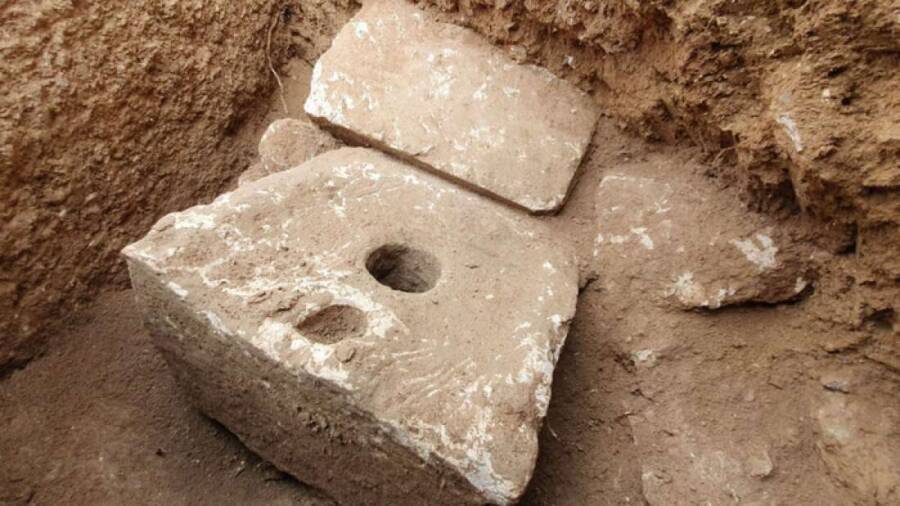
Yoli Schwartz/Israel Antiquities AuthorityThe 2,700-year-old toilet in Jerusalem where researchers studied a cesspit in 2022 and discovered a number of parasites.
As such, the study of the paleofeces from the Cave of the Dead Children is the latest example of how poop can reveal more about our past.
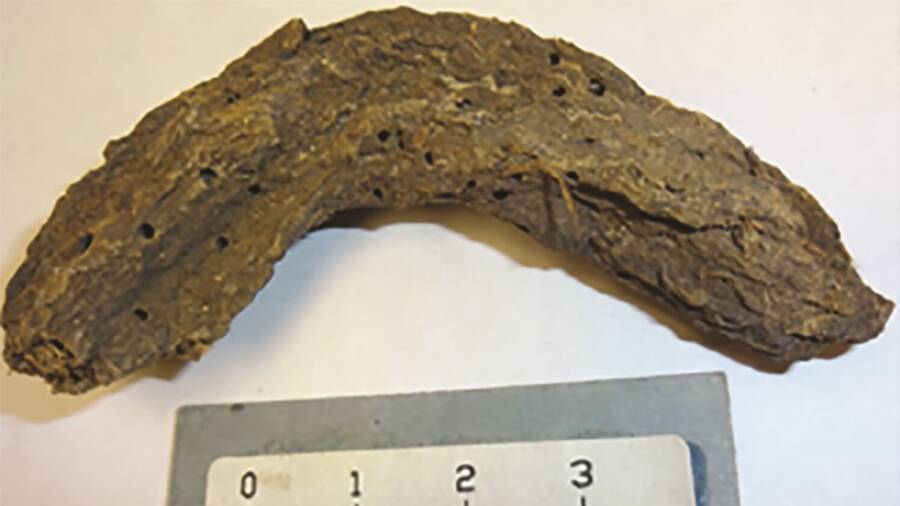







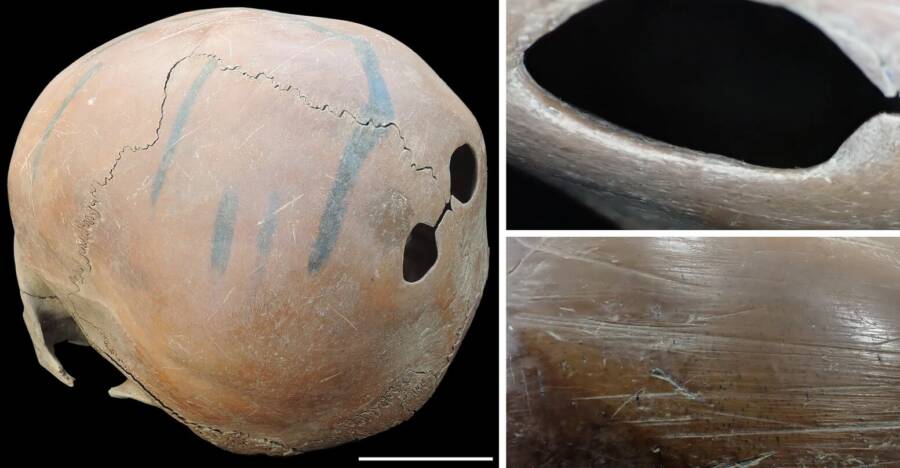
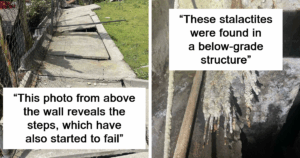
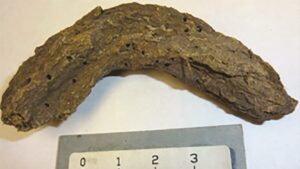









Post Comment